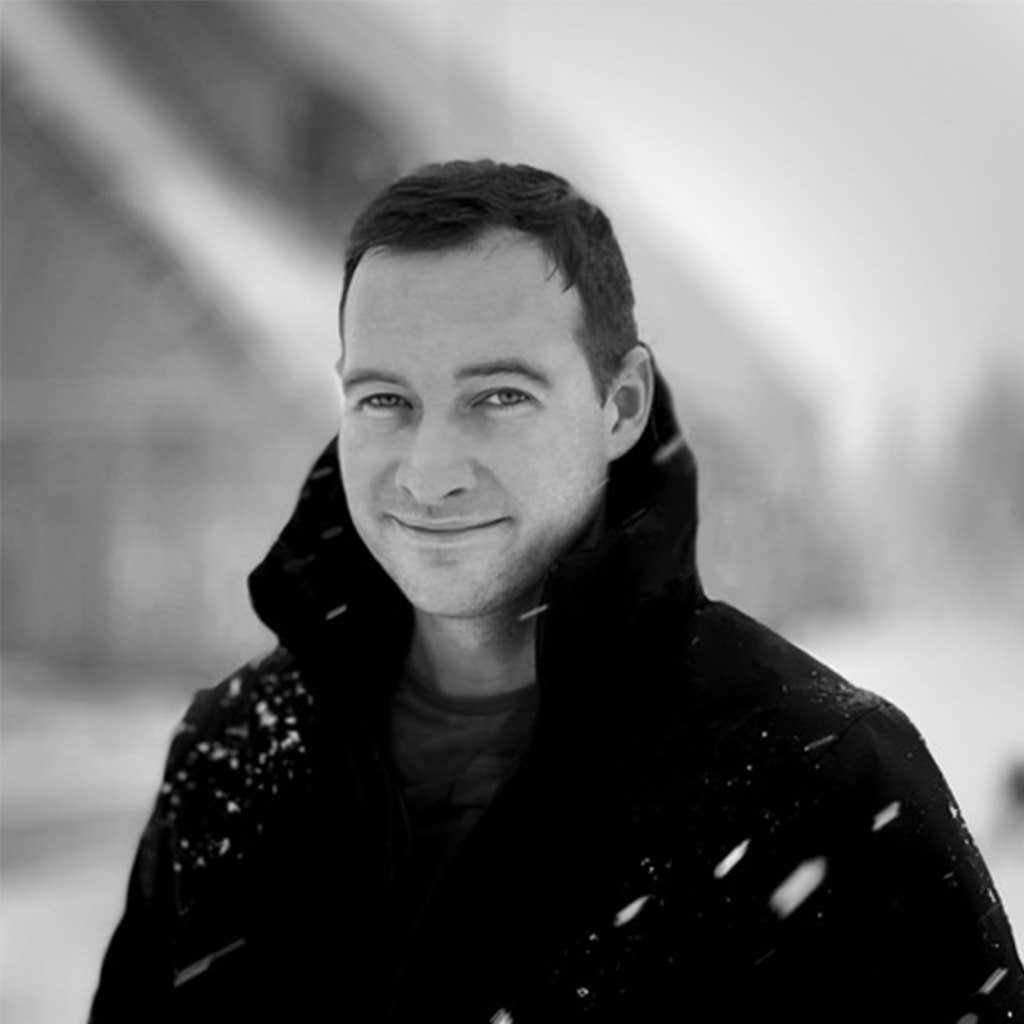1 Public acceptance of psychedelics was surprisingly widespread during the 1950s
When I began researching Tripping on Utopia in 2018, I was aware that many midcentury scientists and psychiatrists had shown a keen interest in the promise of psychedelics. But what I didn’t realize was how remarkably broad-based this interest was. As I dug deeper into the archival record, I was struck by the public enthusiasm for the use of substances like LSD and mescaline in therapy—as manifested not just in scientific studies, but in newspaper articles and even television specials. (My favorite is this remarkable 1957 broadcast which shows a woman taking LSD on camera, then uttering memorable lines like “I’ve never seen such infinite beauty in my life” and “I wish I could talk in Technicolor.”)
Above all, I was surprised by the public response to the Hollywood actor Cary Grant’s reveal that he was regularly using LSD in psychedelic therapy sessions. In a series of interviews starting in 1959—the same year he starred in North by Northwest—Grant went public as an unlikely advocate for psychedelic therapy. It was the surprisingly positive reaction to Grant’s endorsement that most struck me. As recounted in my book, the journalist who broke the story was overwhelmed by phone calls and letters. “Psychiatrists called, complaining that their patients were now begging them for LSD,” he remembered. “Every actor in town under analysis wanted it.”

Nor was this first wave of legal psychedelic therapy restricted to Hollywood. Two other very prominent advocates of psychedelic therapy in the late 1950s were former Congresswoman Clare Boothe Luce and her husband Henry Luce, the founder of Time and Life magazines. It is not an exaggeration to say that this married couple dominated the media landscape of the 20th century. Nor is it an exaggeration to say that psychedelics profoundly influenced Clare Boothe Luce’s life in the late 1950s. She credited LSD with transformative insights that helped her to overcome lasting trauma associated with her abusive childhood and the death of her only daughter in a car accident.
The involvement of figures such as these in psychedelic science suggested to me that there was, in the 1950s, real potential for psychedelics to have become integrated into mainstream culture as legal medicines. One of the crucial insights of Tripping on Utopia is that the subsequent turn toward prohibition and stigma was not inevitable. It could have gone differently.
2 Female pioneers played a major role in psychedelic science
Another key theme that emerged in my research was the underrecognized role that women played in shaping the story of psychedelic science—not just as consumers and volunteer study subjects, but also as researchers. Their stories, often overshadowed or footnoted in published narratives at a time when the culture of science was dominated by men, reshaped my understanding of how, where, and why psychedelic therapy began. In particular, the psychologist Betty Eisner stood out as a pioneering force in psychedelic therapy who had largely been written out of the official histories. Her work in 1950s California helped lay the foundation for the influential concept of “set and setting”—the idea that environment and mindset strongly shape the outcomes of psychedelic experiences. Eisner also led some of the earliest investigations into the use of psychedelics in the treatment of addiction—including a fascinating research partnership she undertook with Bill W., the founder of Alcoholics Anonymous. Though not a household name like Timothy Leary, Betty Eisner’s approach was quietly influential.
“Psychiatrists called, complaining that their patients were now begging them for LSD.”
Some notable female psychedelic researchers from Latin America also left an indelible mark on the field. The Mexico-born Emilia Rathbun helped to create the earliest social circle of psychedelic therapists in the San Francisco Bay Area, and an Argentine psychoanalyst named Luisa G. de Alvarez de Toledo pioneered investigations into LSD’s role in “emotional unblocking.”
And, of course, there was the famed anthropologist Margaret Mead. As my book details, Mead helped to inspire and bring together many of the key figures in the first generation of psychedelic scientists with her utopian vision of applied science as a tool for healing “a sick society.” And, as I explore in a chapter about Mead’s fascination with LSD in the summer of 1954, she also played a more direct role.
3 Untapped archival sources can rewrite psychedelic history
My first read of Margaret Mead’s “Preliminary LSD memo” was probably the most memorable experience I had while researching Tripping on Utopia. It is an extraordinary document, hastily typed, with numerous misspellings, over a period of two days in September of 1954. The memo lays out Mead’s own intention to take LSD as a volunteer test subject. It also describes Mead’s role as a consultant for a series of experiments conducted by an unlikely pioneer of psychedelic therapy: Dr. Harold Abramson of New York, a specialist in childhood allergies who moonlighted as an expert on psychedelics for the Central Intelligence Agency. The memo sat for years in Mead’s enormous archives at the Library of Congress, apparently unstudied, as I could find no reference to it in any published source.
That afternoon, as I stepped out of the air-conditioned reading room and into the heat of a D.C. summer, it felt like I had discovered a hidden treasure. Mead’s LSD memo offers a direct insight into the mind of one of the most influential figures in 20th-century science as she contemplated the personal and cultural potential of psychedelics. Here was Mead, writing years before Timothy Leary had even heard of LSD, weighing the potential of psychedelic substances as tools not just for personal insight but for shaping the future of the globe.
The memo was a wellspring of names, ideas, and clues for further research. In it, Mead described her dreams—which, she wrote, were “theoretically fertile at the moment”—her conversations with psychedelic researchers, and a dizzying array of thoughts and images that ranged from her critique of Aldous Huxley’s book The Doors of Perception (she wasn’t a fan) to musings on Mondrian, graveyards in New Guinea, “open and closed systems,” and the possibility that LSD might be a “truth drug.” What linked these disconnected thoughts was Mead’s interest in mobilizing science as a tool for consciousness expansion and cultural change. She was convinced that the world of the 1950s was changing more rapidly than at any other time in history. For her, abstract art, systems theory, anthropology, psychiatry, and the events of the Cold War were all entangled in this epochal transformation in how humanity thinks, acts, and organizes itself. Mead’s memo shows her working through the possibility that psychedelics might help to ensure human flourishing amid the enormous disruptions of the modern era.
In four short pages, Mead’s LSD memo caused me to rethink what I thought I knew about the history of psychedelic science. It offered a snapshot of the remarkable work of an interdisciplinary group of scientists who preceded Timothy Leary’s entry into the field by over a decade. It highlighted the significance of Margaret Mead and her vision of utopian science as both an inspiration and a direct influence on early forays into psychedelic therapy. And it underscored the importance of history for informing contemporary psychedelic research. The ethical, legal, and scientific choices that confronted scientists in the 1950s, after all, are not so different from the ones faced by psychedelic researchers (and users) in the world of 2024. ![]()
Lead image: Gorbash Varvara / Shutterstock

























